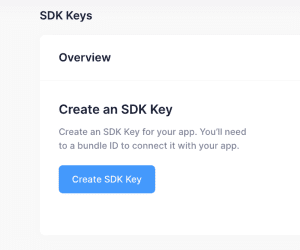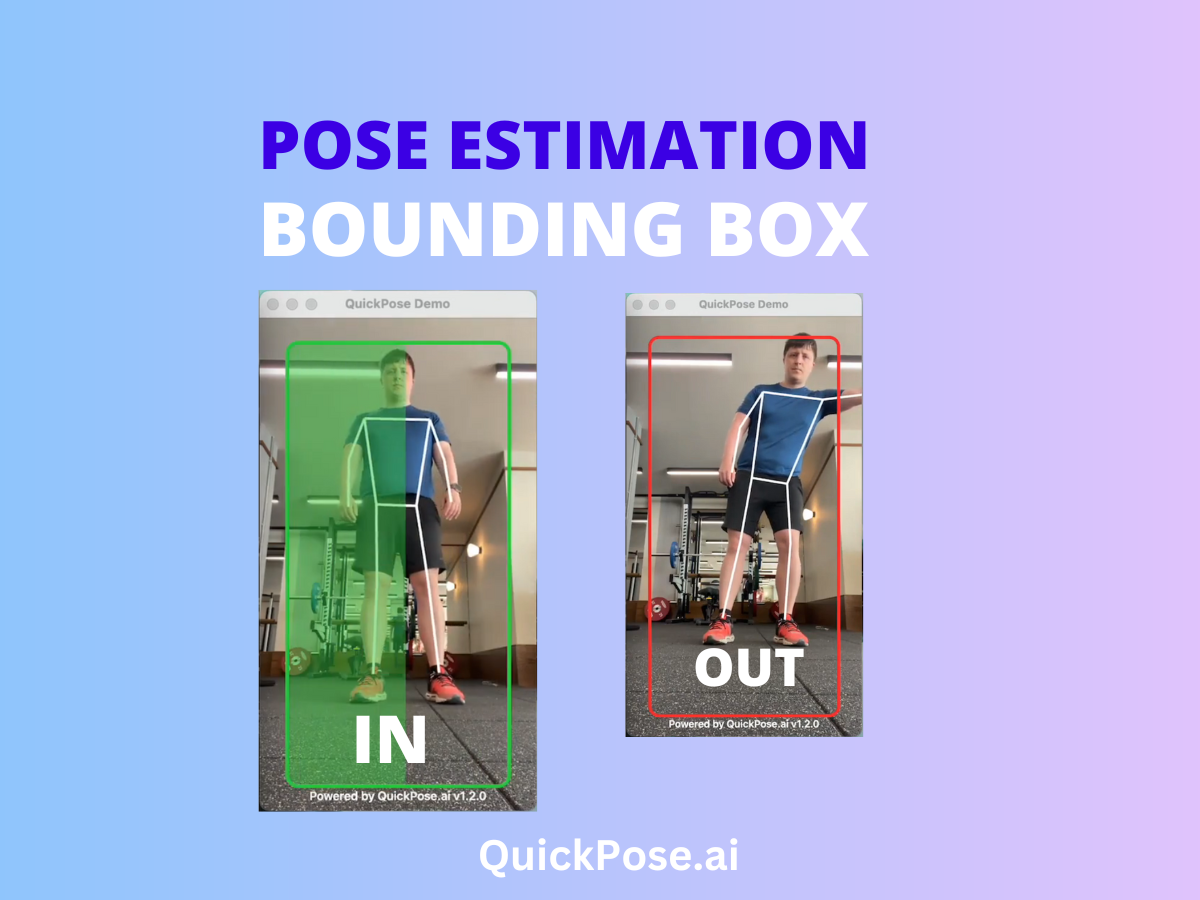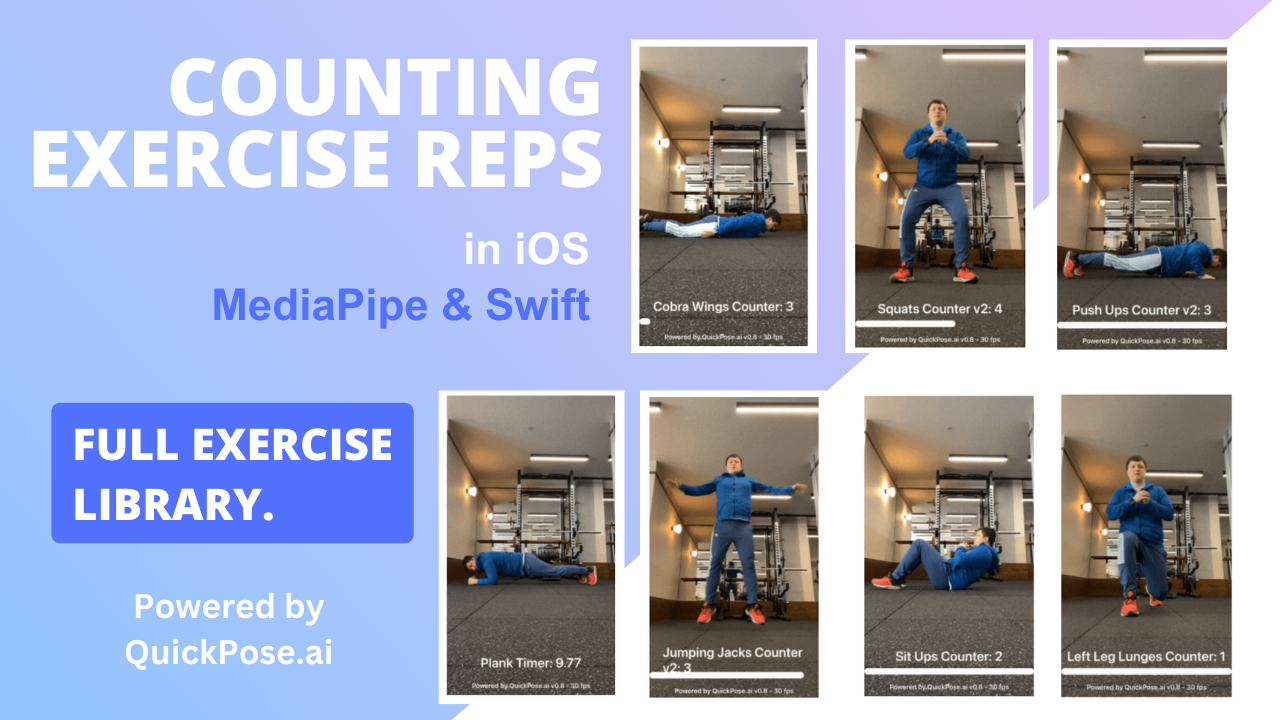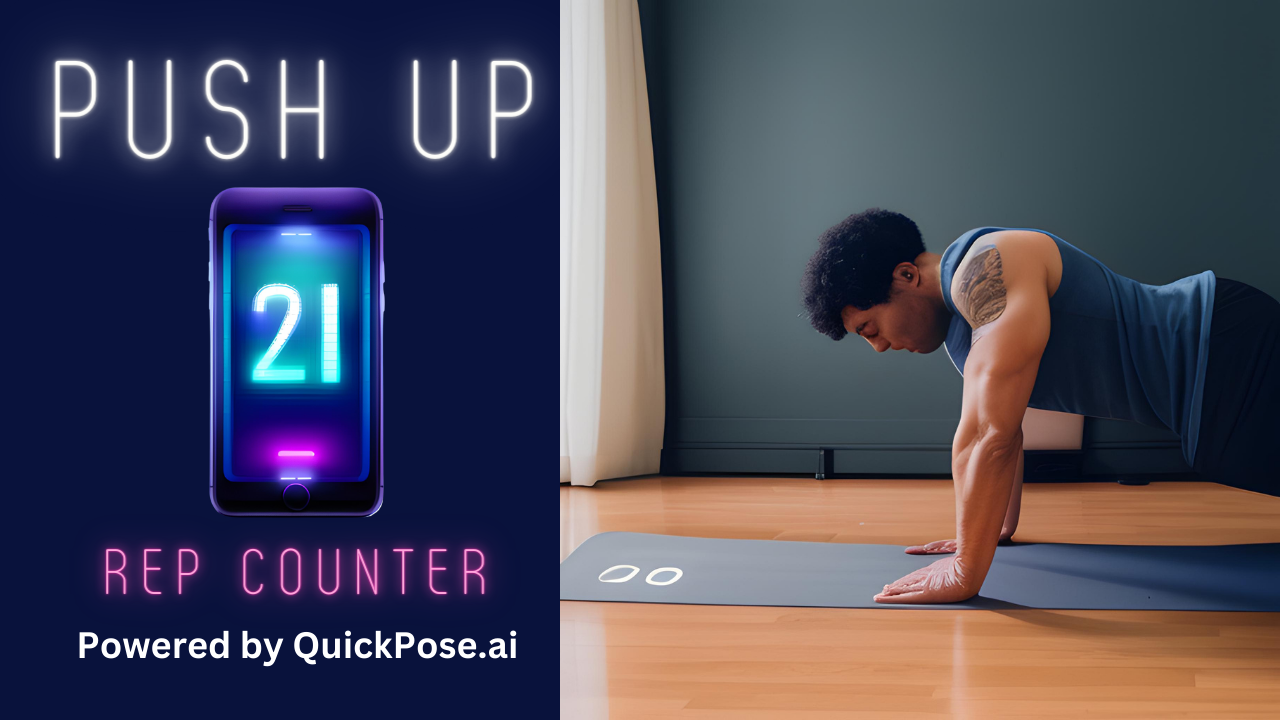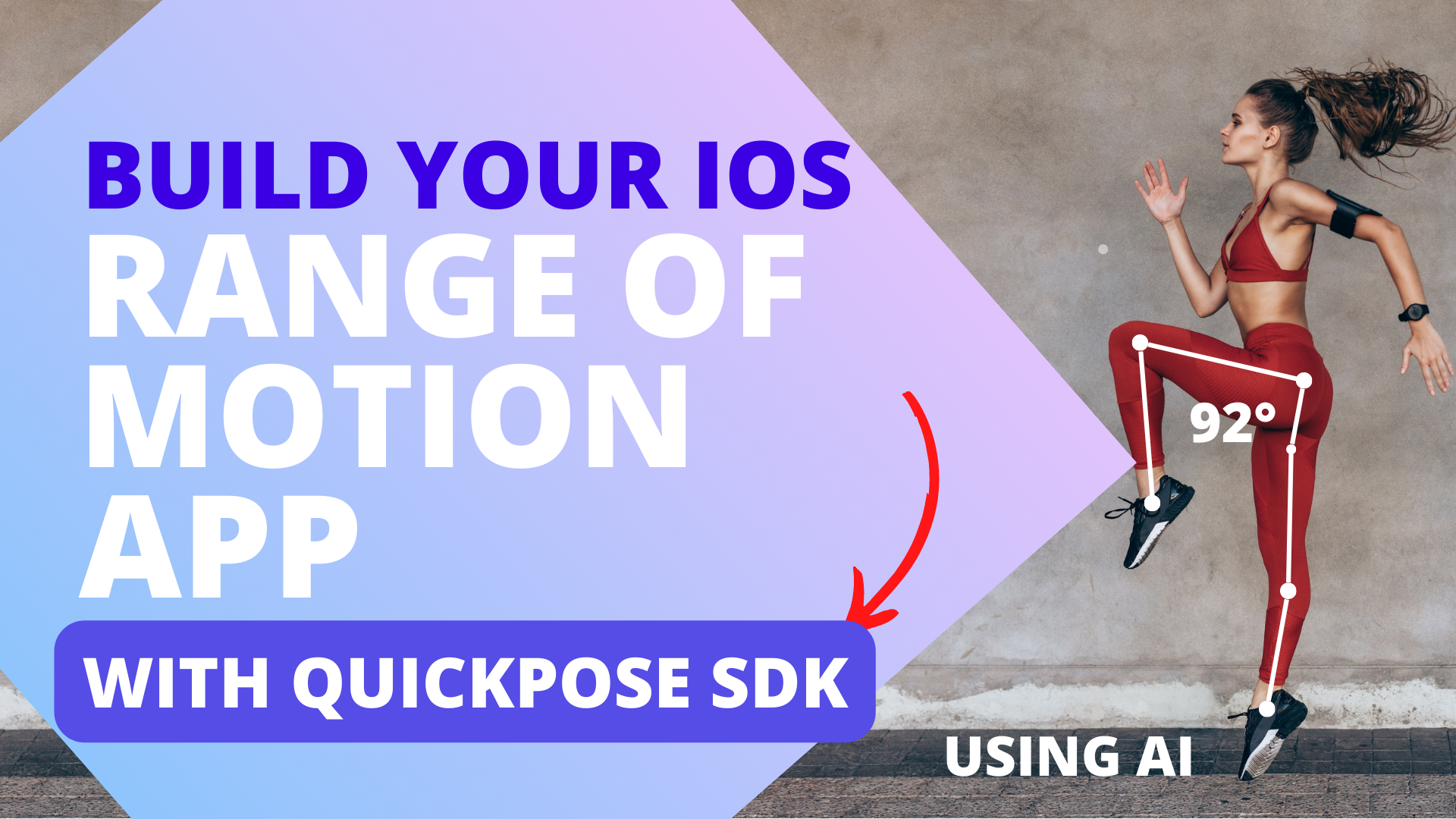In this series of articles, we discuss how you can build your own exercise rep counting apps using human pose estimation. Pose Estimation is a computer vision technique that uses image data and estimates the body’s landmarks using Artificial Intelligence (AI). This technology is at the forefront of the intersection between fitness and AI, and opens up new opportunities for computer-human interactions. How to build an AI lunge counter?
Our QuickPose iOS SDK makes it easy for developers to use the advanced machine learning abilities of MediaPipe and BlazePose. It offers ready-to-use code that can be easily added to your app. This makes it much faster to include features like pose estimation and skeleton tracking in mobile applications.
Click here to register with QuickPose and start building with Pose Estimation using our iOS SDK.
How to count lunges using AI
As part of the QuickPose iOS SDK, you are able to add the features: Left Leg Lunges and Right Leg Lunges. This AI exercise rep counter can tell the difference between the two sides of a user, enabling fitness apps and health apps to ensure body balance in the UX of their apps.
Counting Exercise Reps Using MediaPipe in iOS with Swift
QuickPose iOS SDK is the quickest and easiest way to integrate MediaPipe with iOS, with the added features of pre-built classifiers, production-ready code, and customisable feedback for each exercise.
You can view the full documentation here.
- SDK Installation: Begin by downloading and setting up the QuickPose iOS SDK in your chosen development environment.
- Sign Up for a No-Cost SDK Key: Navigate to the QuickPose website and sign up to obtain a free SDK Key. This key will enable you to incorporate QuickPose’s functionality into your application.
- Locate Your Bundle ID: Find your iOS application’s Bundle ID. This unique identifier is essential for the SDK configuration process.
- Incorporate into SwiftUI: Proceed to integrate QuickPose SDK with your SwiftUI views. This step includes the setup of camera permissions and linking the QuickPose SDK to your SwiftUI views.
- Select Desired Features: the SDK provides a variety of features, from detecting specific body parts to counting exercise reps. Select the features that align with your fitness app’s needs. For example, if you’re creating a lunge tracker, you might choose the “Left Leg Lunge Counter” and “Right Leg Lunge Counter” features.
- Develop Customised Feedback: Lastly, enhance the user experience by developing custom feedback prompts. This can be accomplished by extending the PoseFeedback to create custom strings for messages, thereby boosting user engagement and interaction.
Click Here to Get Started with building your AI Lunge Counter app with QuickPose iOS SDK
- Visit https://dev.quickpose.ai/auth/signup to register with QuickPose
Any questions? Reach out to us – info@quickpose.ai and let us know what you’re building.
Need help building an AI project?
At QuickPose, our mission is to build smart Pose Estimation Solutions that elevate your product. Schedule a free consultation with us to discuss your project.

